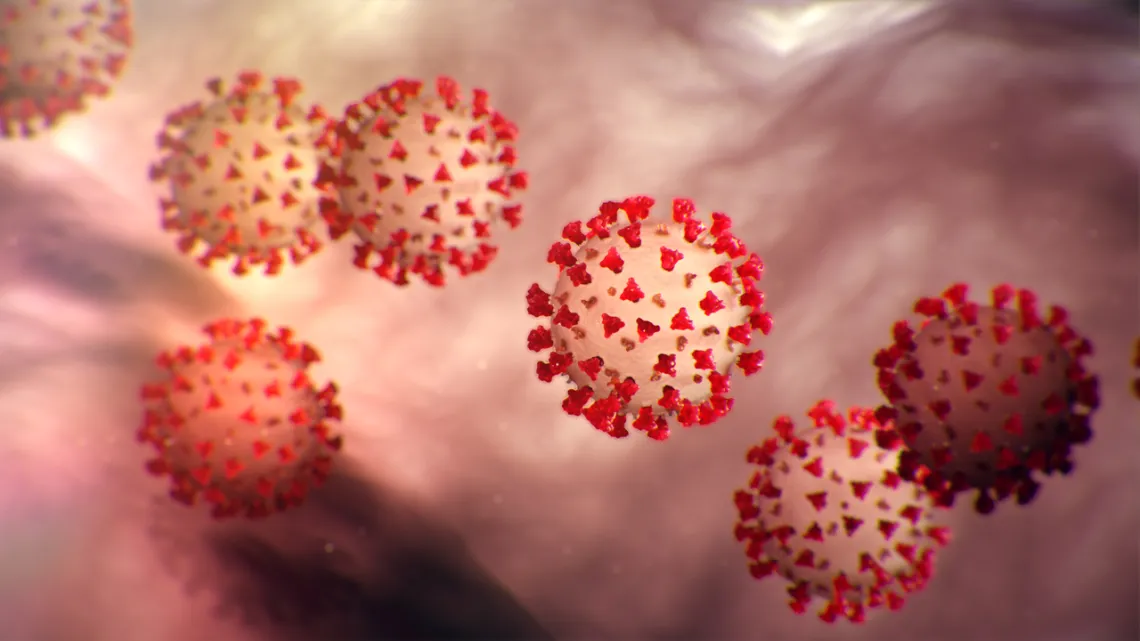UA Study Looks at Survival of Coronaviruses in Water and Wastewater

Photo: Centers for Disease Control and Prevention (CDC)
Worldwide, seven different coronaviruses are known to infect people and cause illness. Four of the coronaviruses are quite common. Three others, including MERS-CoV (reported 2012), SARS-CoV (recognized 2002) and 2019-nCoV (recognized 2019), emerged in more recent years and are examples of viruses that once infected only animals but made the species jump to humans.
Human coronaviruses commonly cause mild to moderate illness, but a few – including MERS-CoV and SARS-CoV – have been known to frequently cause severe illness.
Most recently, the Centers for Disease Control and Prevention (CDC) reports that it is closely monitoring an outbreak of respiratory illness arising from a novel (new) coronavirus (2019-nCoV) first identified in Wuhan, Hubei Province, China. Chinese authorities identified the new coronavirus, noting that it has resulted in more than a thousand confirmed cases in China, including cases outside Wuhan City. Additional cases have been identified in a growing number of other international locations, including the United States.
Coronaviruses, named for the crown-like spikes on their surface, were first identified in the mid-1960s. In 2008, a study by WEST researchers measured the survival of coronaviruses in water and wastewater and found that: “Coronaviruses die off very rapidly in wastewater, with a 99.9% reduction in 2–3 days…. Survival of the coronaviruses in primary wastewater was only slightly longer than secondary wastewater, probably due to the higher level of suspended solids that offer protection from inactivation.”
As a new strain of coronavirus is investigated, the UA study offers helpful information, demonstrating that transmission of coronaviruses tend to be limited in the aqueous environment due to the fact that they are rapidly inactivated in water and wastewater at ambient temperatures. To read the full UA study, see the article below.

